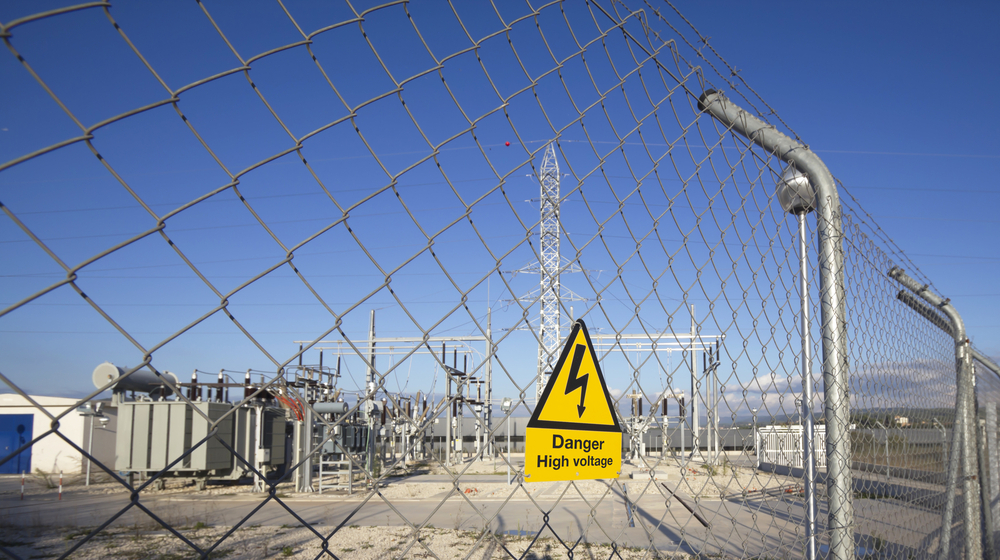The Main Principles Of Roar Solutions
The Main Principles Of Roar Solutions
Blog Article
More About Roar Solutions
Table of ContentsThe 7-Minute Rule for Roar SolutionsSome Of Roar SolutionsExamine This Report on Roar Solutions
In such an ambience a fire or surge is feasible when 3 fundamental conditions are met. This is typically described as the "dangerous area" or "burning" triangular. In order to safeguard setups from a potential surge a technique of analysing and identifying a potentially hazardous location is needed. The function of this is to guarantee the correct choice and setup of equipment to ultimately protect against an explosion and to guarantee safety of life.
(https://padlet.com/thomascarrillo4740/roar-training-solutions-jrrziydpbb7m3xsa)
No tools needs to be installed where the surface temperature of the tools is better than the ignition temperature level of the offered risk. Below are some common dust harmful and their minimal ignition temperature level. Coal Dirt 380C 225C Polythene 420C (thaws) Methyl Cellulose 420C 320C Starch 460C 435C Flour 490C 340C Sugar 490C 460C Grain Dust 510C 300C Phenolic Resin 530C > 450C Aluminium 590C > 450C PVC 700C > 450C Residue 810C 570C The probability of the risk existing in a concentration high sufficient to trigger an ignition will differ from area to location.
In order to categorize this threat an installation is split into locations of risk relying on the quantity of time the harmful is existing. These areas are described as Zones. For gases and vapours and dirts and fibers there are three zones. Area 0 Area 20 An unsafe ambience is very most likely to be existing and might be present for extended periods of time (> 1000 hours per year) or also constantly Area 1 Zone 21 An unsafe environment is feasible but unlikely to be existing for long periods of time (> 10 450 C [842 F] A classification of T6 suggests the minimum ignition temperature is > 85 C [185 F] Hazardous location electric equipment possibly created for use in greater ambient temperature levels. This would showed on the ranking plate e.g. EExe II C T3 Ta + 60C( This suggests at 60C ambient T3 will certainly not be gone beyond) T1 T1, T2, T3, T4, T5, T6 T2 T2, T3, T4, T5, T6 T3 T3, T4, T5, T6 T4 T4, T5, T6 T5 T5, T6 T6 T6 A T Class rating of T1 indicates the maximum surface temperature produced by the instrument at 40 C is 450 C. Presuming the connected T Course and Temperature level score for the equipment are proper for the location, you can always use a tool with an extra rigid Department rating than needed for the area. There isn't a clear response to this question. It actually does depend on the type of tools and what fixings need to be performed. Devices with certain examination treatments that can't be executed in the area in order to achieve/maintain 3rd party score. Must return to the manufacturing facility if it is before the equipment's service. Area Repair Work By Authorised Employee: Challenging testing may not be required nonetheless particular treatments may require to be followed in order for the devices to maintain its third celebration ranking. Authorised personnel need to be utilized to perform the work properly Repair must be a like for like substitute. New part must be taken into consideration as a direct substitute calling for no special testing of the devices after the repair work is full. Each piece of equipment with a dangerous score need to be assessed separately. These are laid out at a high level below, but also for even more detailed information, please refer directly to the standards.
Not known Details About Roar Solutions
The tools register is a thorough data source of devices records that consists of a minimum set of areas to identify each product's area, technical parameters, Ex lover classification, age, and ecological data. The ratio of Detailed to Close evaluations will certainly be determined by the Equipment Risk, which is evaluated official website based on ignition threat (the probability of a resource of ignition versus the chance of a combustible ambience )and the unsafe area category
( Zone 0Area 1, or 2). Executing a durable Risk-Based Examination( RBI )approach is critical for guaranteeing compliance and safety and security in taking care of Electric Equipment in Hazardous Areas( EEHA).
What Does Roar Solutions Mean?

In regards to eruptive threat, an unsafe location is an atmosphere in which an explosive environment is present (or might be anticipated to be existing) in quantities that call for unique preventative measures for the construction, installation and usage of equipment. eeha courses. In this article we explore the difficulties dealt with in the workplace, the danger control steps, and the called for proficiencies to function safely
It is a repercussion of modern life that we produce, keep or handle a series of gases or liquids that are deemed combustible, and a series of dirts that are regarded combustible. These substances can, in specific problems, create explosive atmospheres and these can have major and heartbreaking effects. Many of us are familiar with the fire triangular remove any kind of one of the 3 components and the fire can not occur, but what does this mean in the context of unsafe locations? When damaging this down right into its easiest terms it is basically: a mix of a certain quantity of launch or leakage of a particular substance or material, mixing with ambient oxygen, and the existence of a resource of ignition.
In most instances, we can do little about the degrees of oxygen in the air, however we can have significant influence on resources of ignition, for instance electric equipment. Dangerous areas are documented on the dangerous area classification illustration and are identified on-site by the triangular "EX" sign. Here, amongst other vital information, areas are split right into 3 types relying on the risk, the chance and period that an explosive atmosphere will exist; Zone 0 or 20 is considered one of the most harmful and Zone 2 or 22 is regarded the least.
Report this page